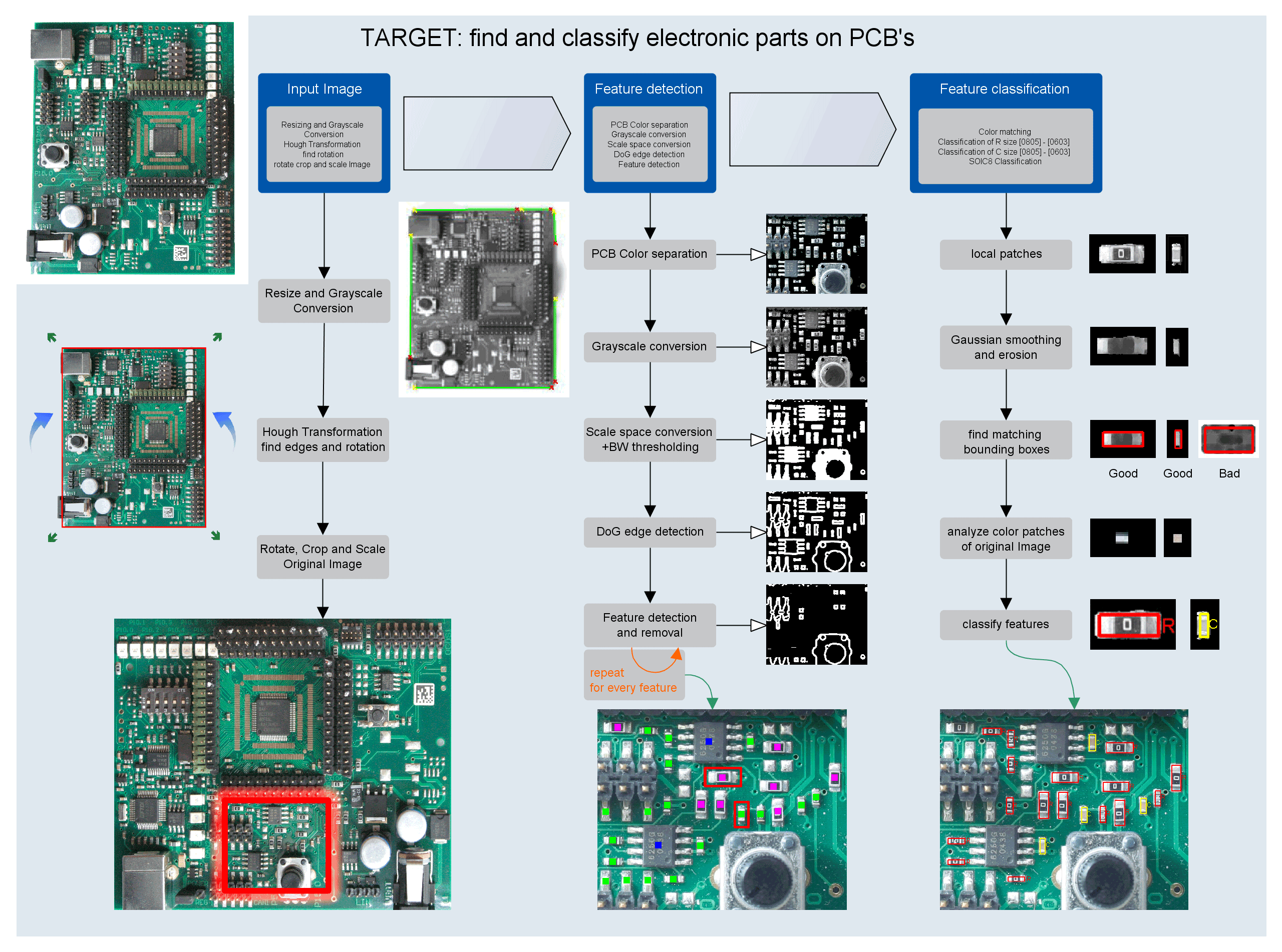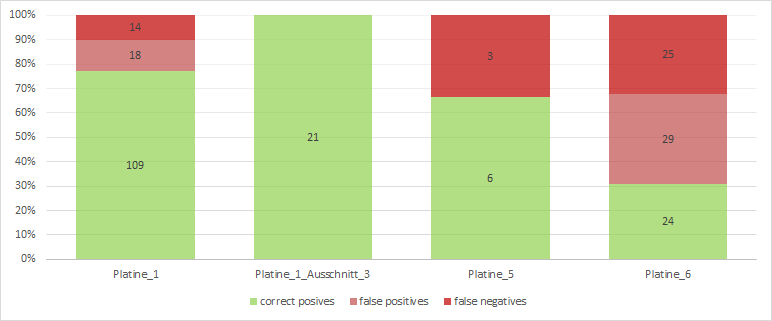After finishing with the TUG Racing Team i wanted to try something different. My friend and I had the Idea to do some lightning and temperature measurements in our rooms or only switching on/off any device. Sure with an embedded microcontroller system its possible to switch and measure everything, assuming you have your hardware well designed.
But, if you are using microcontrollers you’ll often use some low layered interfaces to communicate with your device: e.g. you will have some buttons or an rs232 interface with a terminal on your pc.
Maybe you can go a step further and use TCP/IP communication but you will need an UI on your PC/Smartphone you are using. So thats the main point i was struggling the last years. The User changes his device for communication with the microcontroller system several times a day, using different Operating Systems.
Imagine you have a already proven Interface you can use for communication. With HTML and http its possible to use a Interface everyone is familiar, your Browser.
The Idea behind Distributed Microcontroller Systems (DMS) is to have one microcontroller system, lets call it base station, in your home network, and several low power subsystems connecting wireless with a low cost RF Module to the base station. If you have a end device with the capability of having a browser you’re all in. The Idea is to have control over every subsystem only by connecting your browser to the main station. The low power Subsystems will be designed to operate in extremly low power mode so that battery or powering with a solarpanel is possible.
I’ll try to provide some more details or a block diagramm to show further details.


